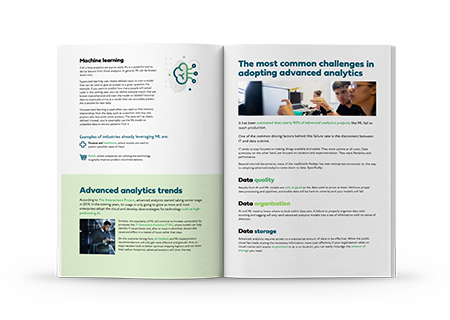Speaker 1 (00:10):
So Jason, can you share how CloudHealth by VMware helps organizations tackle some of the challenges we've been talking about? How does it help them work on and improve their governance?
Jason Webber (00:25):
Currently, in the market today, CloudHealth is the most trusted cloud service management platform. They were named a leader in the Forrester Wave: Cloud Cost Management and Optimization, in the Q4 of 2020 report, with the highest score in every category among the eight evaluated vendors.
It provides specific business intelligence across multiple cloud environments. Many of the clients we're working with today have workloads in more than one of the clouds. One of the major benefits of CloudHealth is that it's cloud agnostic in that way. We can run against all the clouds—do the reporting, alerting, and monitoring across all the clouds equally. Lastly, it allows for easy analysis optimization and governance of the customer's cloud environments.
Rick Koller (01:30):
One key thing is that you don't have to retrain for multiple different cloud consoles. Everyone is getting a lot more savvy when they bring workloads to the cloud. Often we see customers who have a workload in Amazon, a workload in GCP, and potentially Azure as well. This gives you a one stop shop, one pane of glass, to fully understand what you're doing.
Speaker 1 (02:02):
When you combine that with a managed service-like partner, like what Redapt provides as managed service experts, what is the main benefit? How can customers get more out of the software and the tools they're using by working with a managed services provider?
Rick Koller (02:22):
Right off the bat, often when we first engage with a new client, we show them how to save up to 30% of their actual monthly bill. Obviously, that gets everyone very excited.
Then there is the additional benefit that comes from fully understanding what you're doing. I think that’s the biggest benefit we can bring to a new customer, or a customer. It's not easy to fully understand something you cannot visualize. When you're working with your average cloud vendor, it's pretty hard to see, especially from looking at a bill and being unable to equate that to a workload, or a business unit.
Jason Webber (03:13):
One of the key factors that is really important about Redapt's specific offering, is that we provide clients with the customer success manager. That customer success manager helps train customers on the cloud platform. They'll provide monthly business reviews and cost optimization on an ongoing monthly basis, and make sure the client is taken care of in a way that makes sense for that environment.
Not all benefits from CloudHealth are around cost savings. Others could include asset tagging, or getting large enough workloads to ensure they're hitting the required spend for a commit they've made to a vendor.
There are many different ways the combination of the customer success manager and the platform shine under the Redapt managed services umbrella.
Speaker 1 (04:09):
I know we're not only talking about Redapt’s managed services, but we may as well delve into it a little bit. What are the different levels of service Redapt offers in this area?
Rick Koller (04:22):
We bring the full suite to the table. It's not just the managed services offerings we provide. (We have a standard and a premium offering for managed services.) When you're working with us, you have the ability to tap into anything at Redapt. That could include everything from supporting you 24 hours a day, hands-on keyboard, multiple geographies, or it could mean tapping into advanced analytics resources to help with a business intelligence problem. Or, perhaps you need to tap into a migration service, or help with developing an application. We have all these capabilities and we seamlessly bring them to the table.
Speaker 1 (05:10):
Can you share the difference between the standard and premium services?
Rick Koller (05:16):
The standard offering is 24/7 infrastructure support service, which is pretty reactive. We actively monitor your cloud spend, as well as what is going on with whatever particular bits of infrastructure you have across whichever clouds you're doing business with.
In our premium services, you have the ability to tap into additional resources for any potential workload. A good example of that would be a client saying, "Hey, I need help with running an active directory across multiple clouds." We do that all the time.
We have the ability to turn up instances, help you out with networking questions or information. We bring a lot more than just funneling your ticket to a cloud provider. We're actively engaged in how each client is consuming our cloud services.
Speaker 1 (06:18):
We've spoken about a number of use cases throughout the conversation, and we've spoken about how CloudHealth benefits you, not only from a cost savings perspective, but from the overall management of your cloud or clouds.
Jason, are there any other use cases that are important for people to be thinking about, and for enterprises to consider as they examine how they're approaching CloudHealth?
Jason Webber (06:49):
As you said, there are several reasons why the cost optimization offering makes sense. But one other use case involves ensuring that a client's utilization of resources is optimized. Many times, when clients initially build out their environments, they're heavily overbuilt and/or they're leaving unused workloads, unused resources, living in the environment that are driving up cost for no reason. These items can be identified and remediated through the cost optimization exercises we undergo.
Another use case is ongoing cost optimization. This is not a one-time situation where we set you up and you're done, it's an ongoing system. As you build out in your environment, as you change things in your environment, you can leverage this tool on an ongoing basis to make sure you're maximizing any potential cost savings.
Rick Koller (07:57):
Those are all great points, Jason. It's not just us handing you a report from an automated system, but we sit down, do analysis, and are prepared to walk any of our clients through it in a meaningful way. We don’t just say, “Hey, here’s the latest data.”
We also have some great partnerships with Dell and Intel, which bring other potential cost savings opportunities to the table.
Speaker 1 (08:31):
If someone is ready to move forward with working with Redapt on a managed services basis, doing some cloud cost optimization, what do the first 30 days look like? Jason, can you walk me through the initial onboarding and what people can expect?
Jason Webber (08:53):
The initial onboarding takes a couple of days to get up and running, through the steps in bringing the account on board. Within the first 30 days, your customer success manager is going to do an initial cost optimization exercise within the environment. This is where we're going to identify the 30% cost savings out of the box. Any overbuilt resources, any unused resources, any right sizing opportunities, and various other cost saving opportunities, are brought to the table during that first 30 day exercise, and then each month moving forward.
It's pretty straightforward. The clients are taught how to use the tool, and also how to provide perspectives, and do insights within the platform from their CSM.
Speaker 1 (09:49):
I think that concludes our discussion. I appreciate both of you joining me today to dive deeper into this topic. I'd encourage anyone who's interested in learning more about CloudHealth by VMware and Redapt's Managed Cloud Optimization services, to reach out to Redapt. You can always find them at redapt.com.
Jason and Rick, thanks for joining me.
Rick Koller (10:24):
Thank you.
Jason Webber (10:24):
‘Have a good day.
Rick Koller (10:24):
Thank you very much.
Speaker 1 (10:24):
Thanks.














